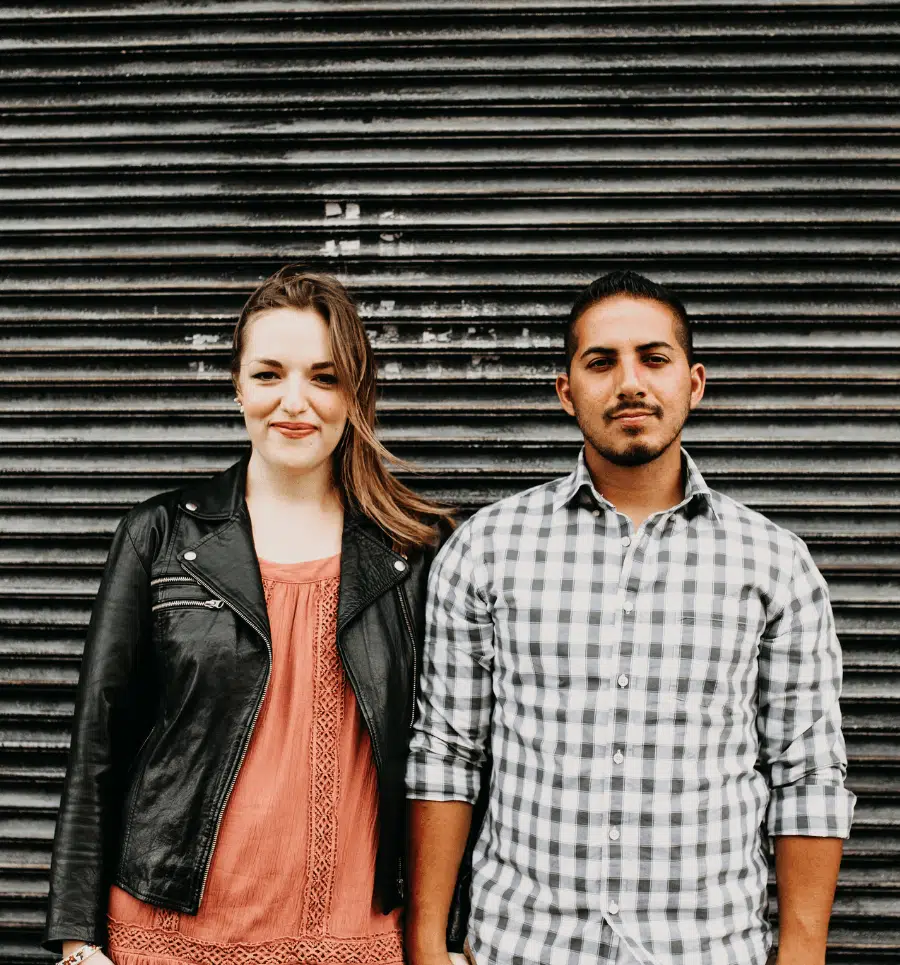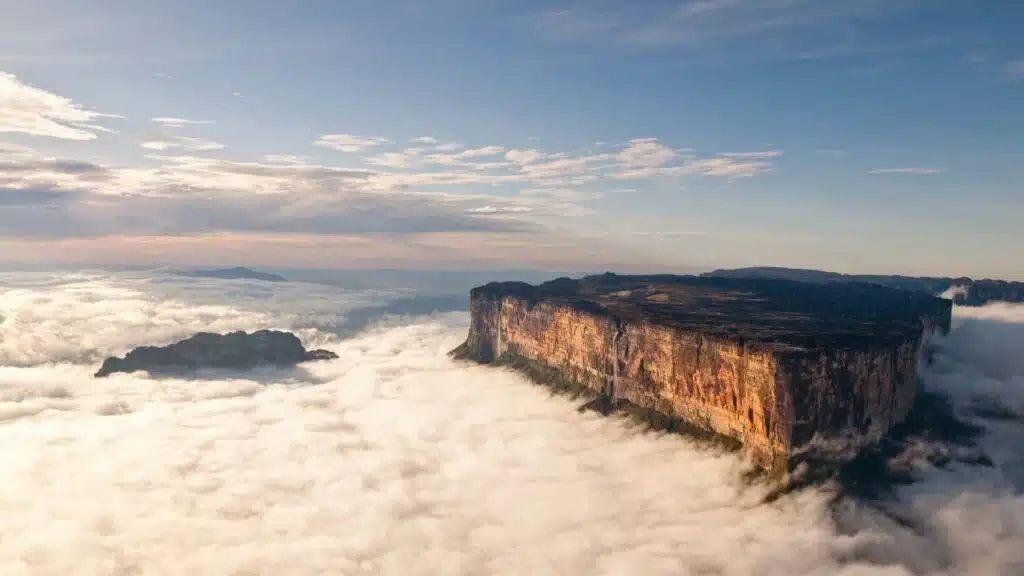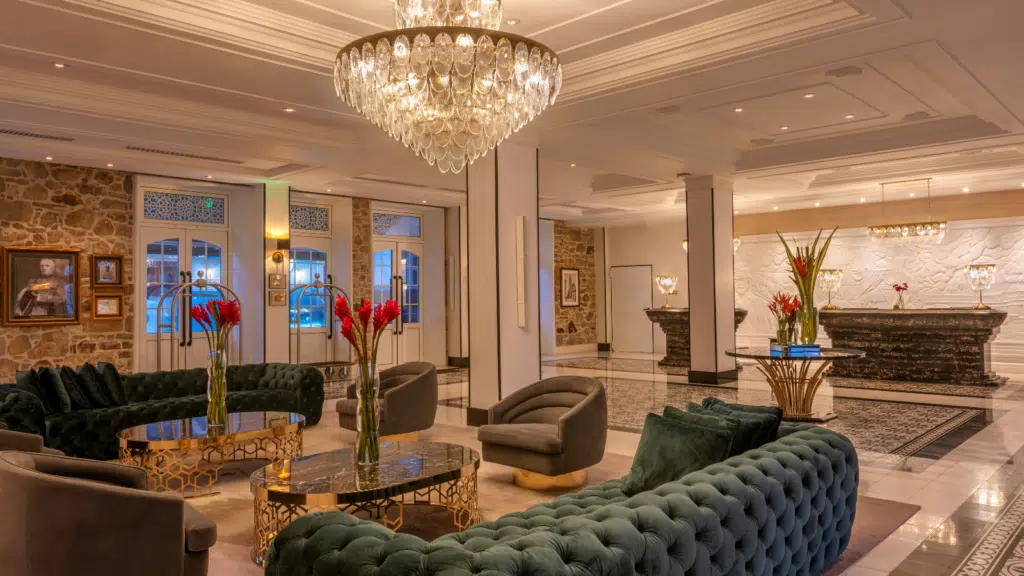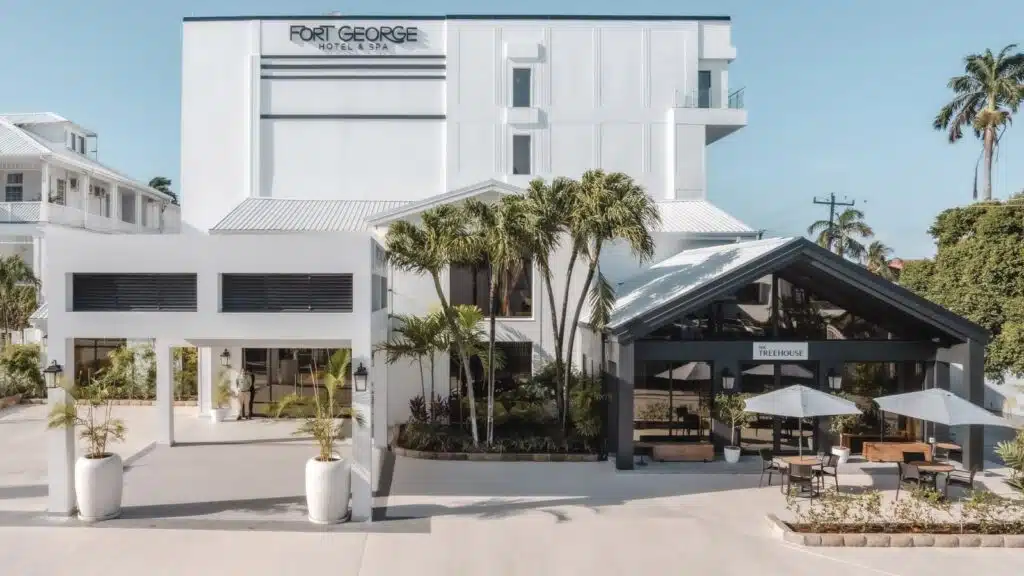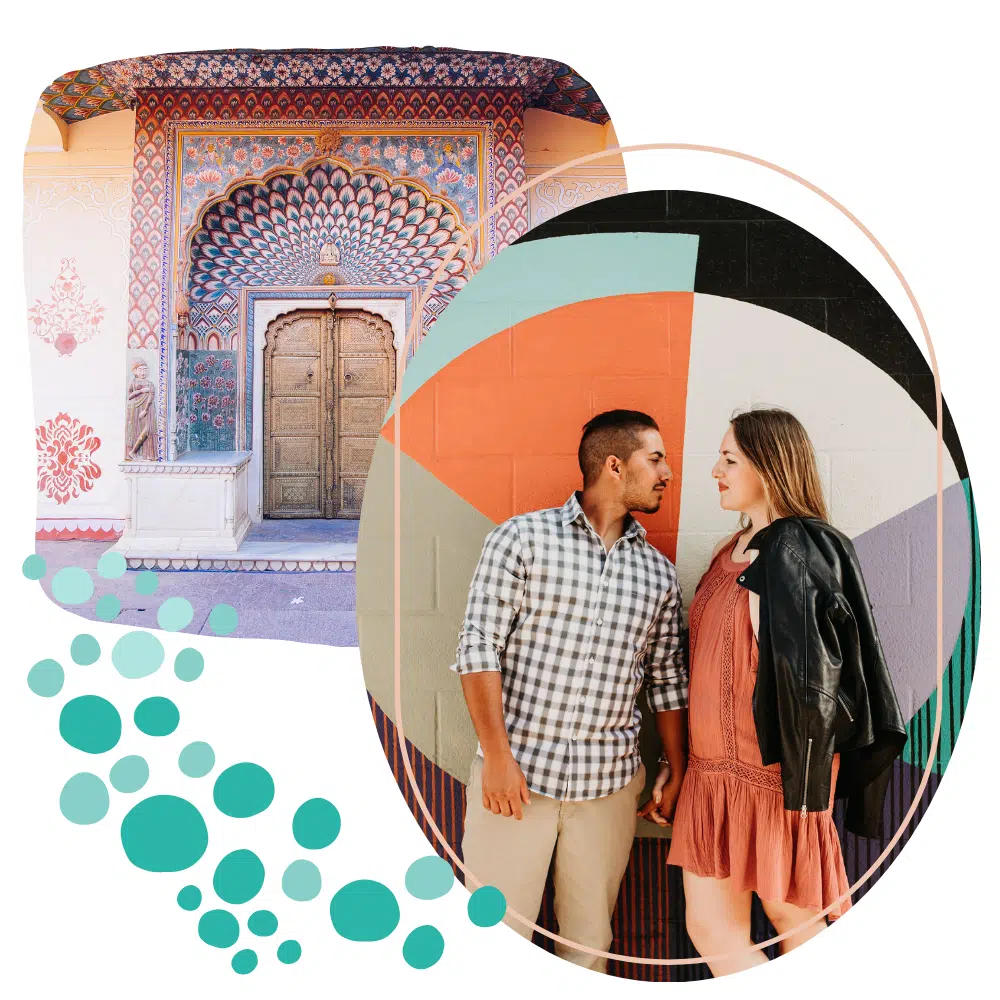

We’re José + Carley Rojas Avila of Explorers Away. We help travelers, expats, and digital nomads feel at home in travel, wherever their wanderlust might take them.









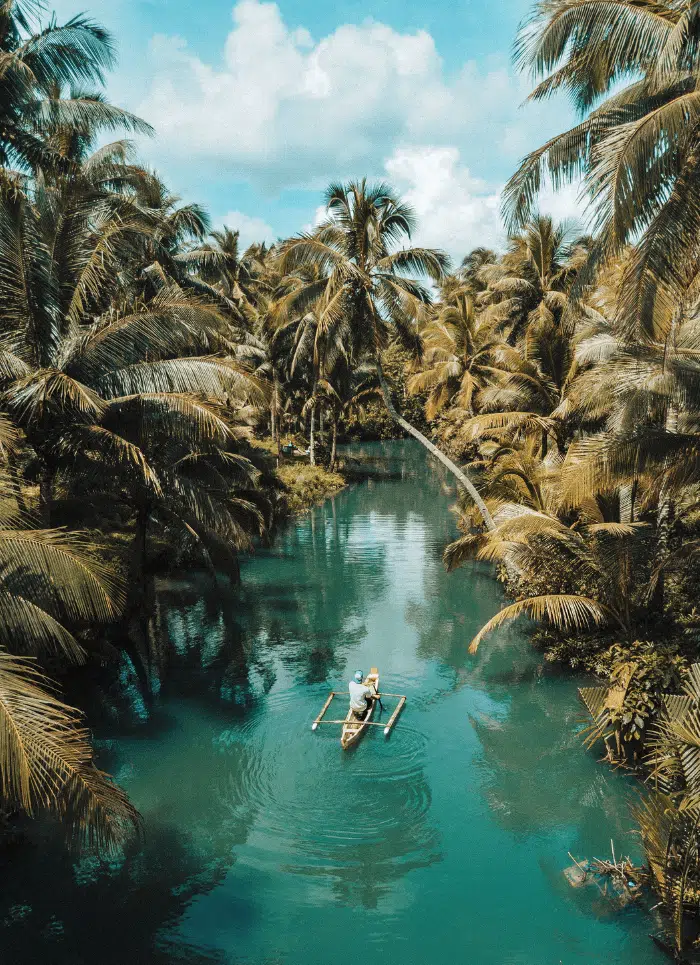


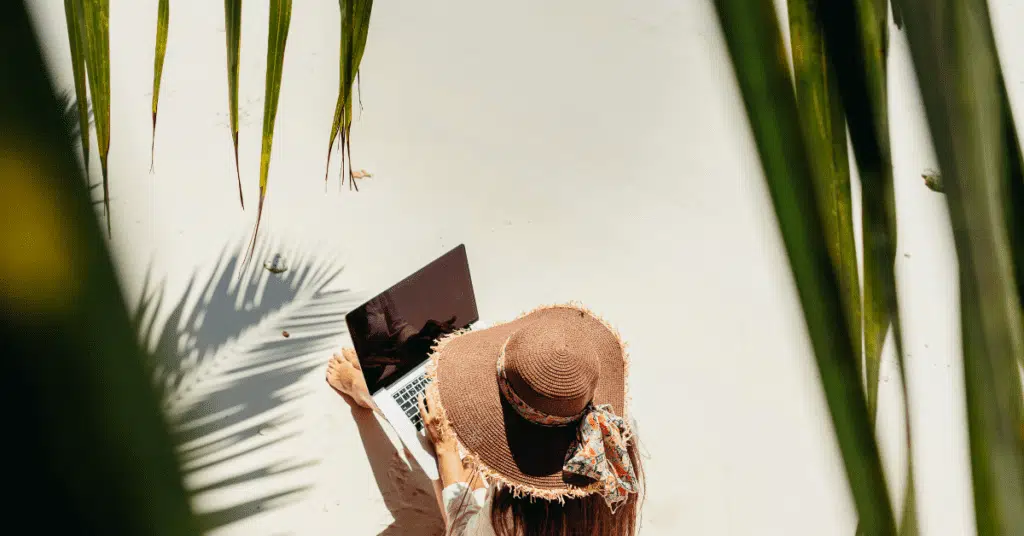

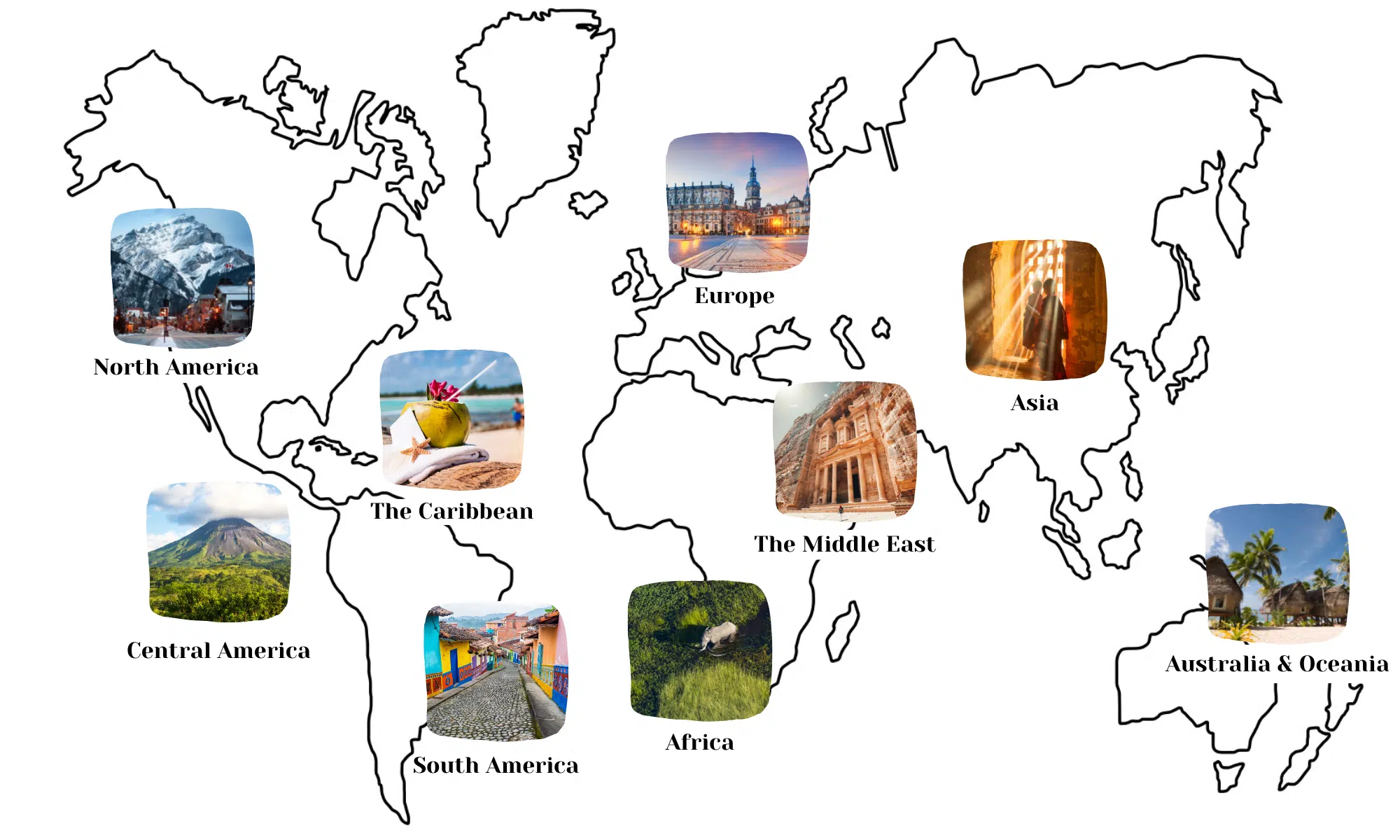

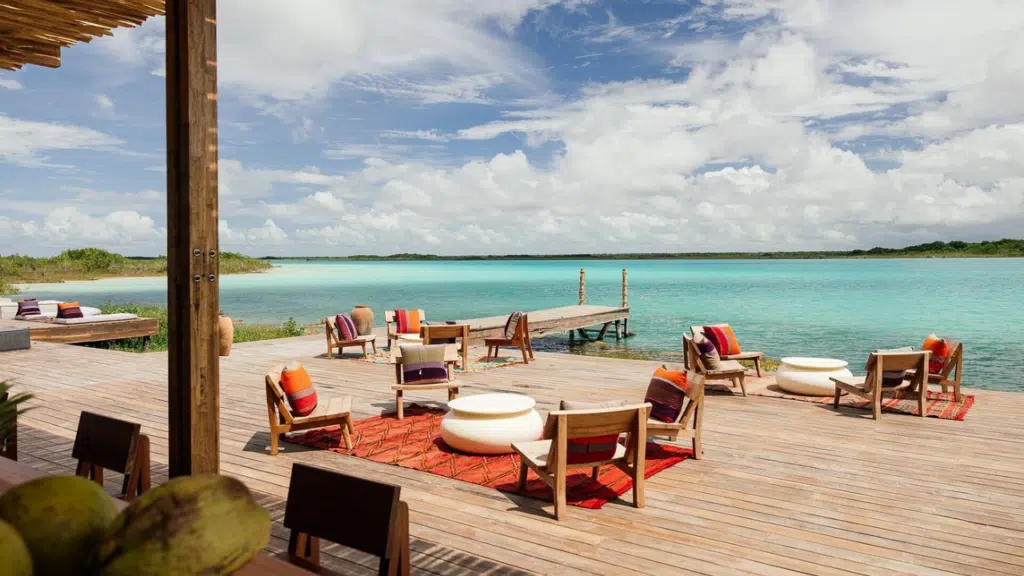
15 Dreamiest Destinations in Mexico Most Americans Don’t Know About
Everyone has heard of Cancun and Los Cabos. But what about the other incredible destinations in Mexico worth exploring, with their deserted beaches, stunning historical landmarks, and some of the best food you’ll ever eat? These are the 15 most impressive destinations in Mexico that most American travelers have never even heard of. Puerta Cortés…
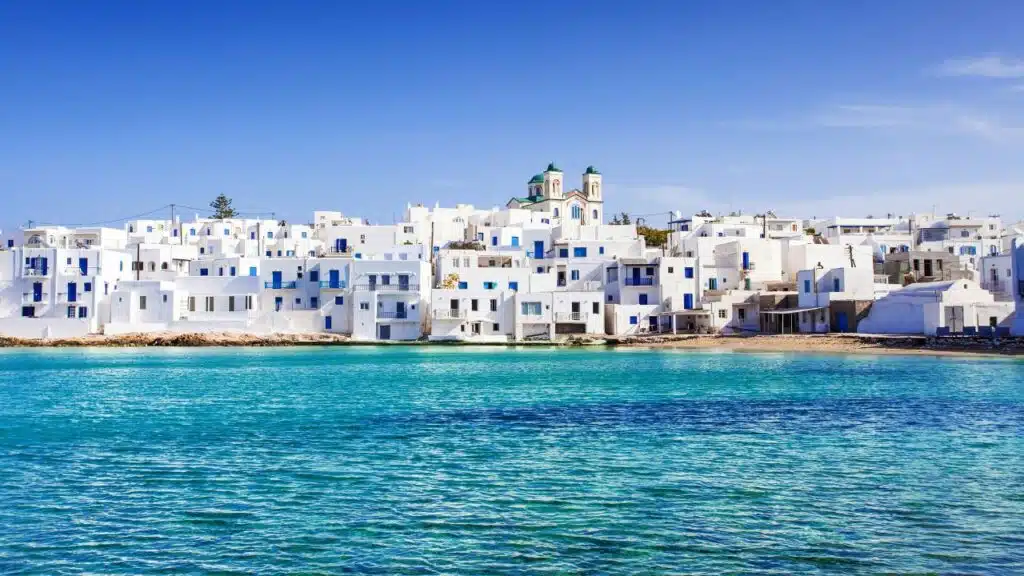
This Greek Island Destination is Netflix Famous. Here’s How to Visit This Summer.
Dreaming of a summer escape to the Mediterranean? Summer Senses Luxury Resort, a seasonal five-star resort in Greece, is set to reopen from May 2 to October 6 for the 2024 summer season. Set on a stunning Greek island known for its unspoiled beaches and its recent Netflix fame, it’s a destination worth traveling for….
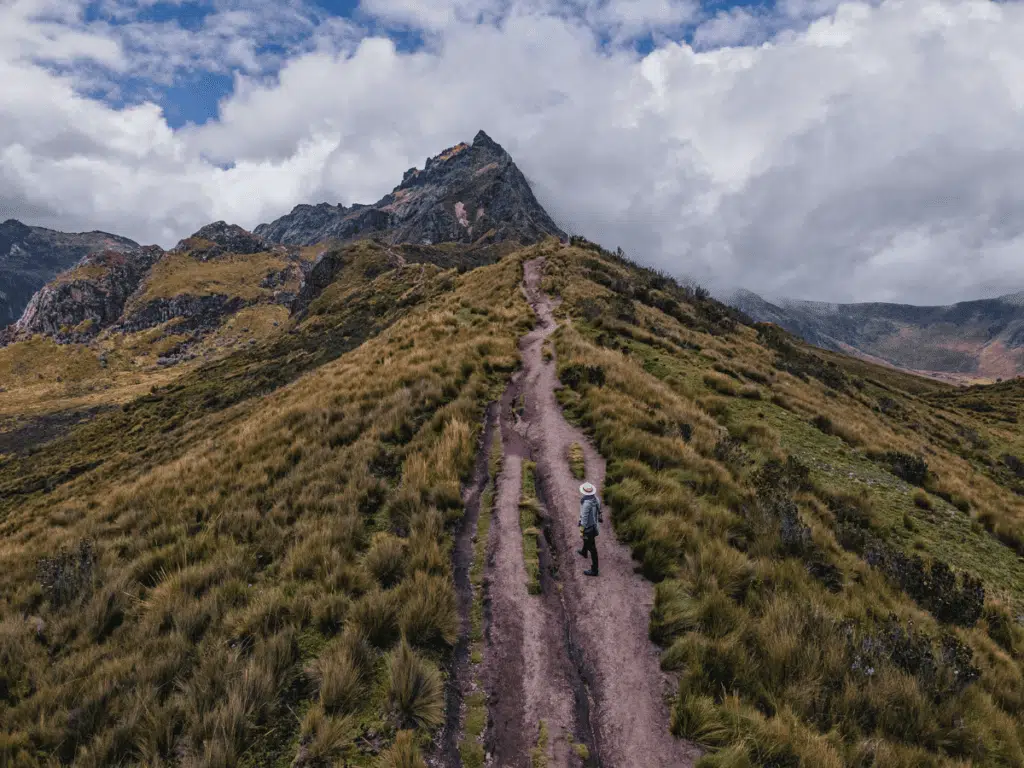
14 Adventurous Things To Do in Ecuador, South America’s Adventure Sports Capital
The tiny South American country of Ecuador is often overshadowed by its larger neighbors, Colombia and Peru. However, the ultra-diverse Ecuador is a treasure trove for adventure seekers, offering a range of thrilling experiences amidst stunning natural landscapes. Read on for some of the most incredible things to do in Ecuador for adventure-seekers. Hike Pichincha…
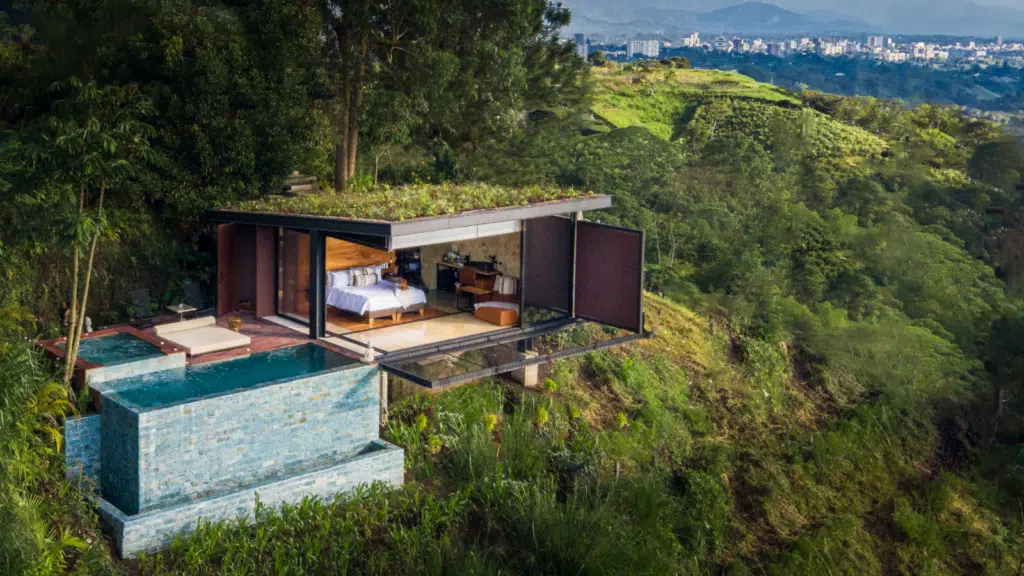
This Breathtaking Jungle Hotel Feels Like The Ultimate Luxury Treehouse
Looking for a treetop adventure among the mountains and jungle of Colombia? The unique beauty of the Bio Habitat Hotel will blow you away.


